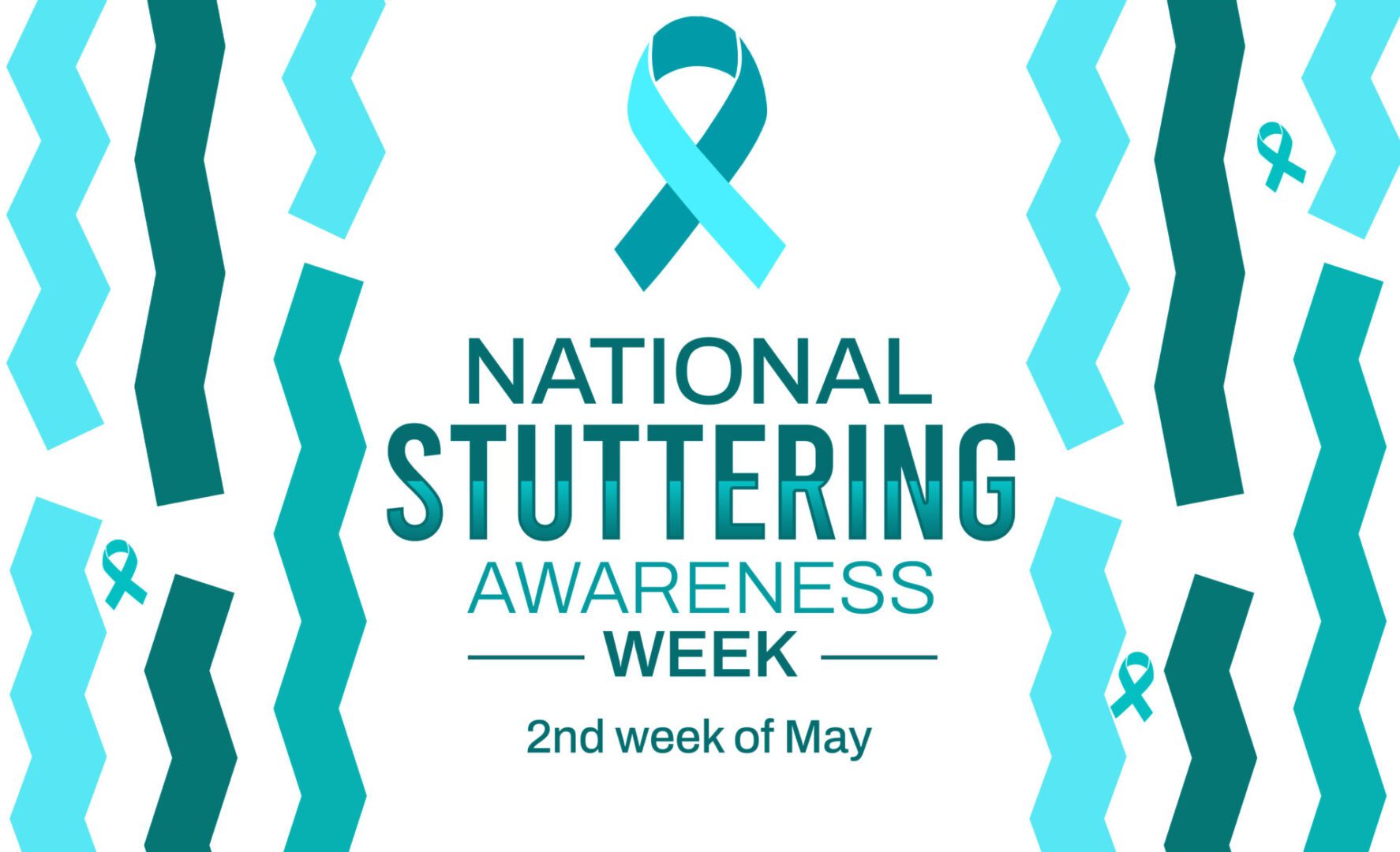Search by Color or Cause


National Stuttering Awareness Week is the second week of May each year. Now is the time to think about how you want to celebrate, educate, and spread the word about stuttering! In addition, wear a sea green enamel awareness pin, fabric ribbon, or sea green silicone awareness bracelet.
Stuttering is a difference in speech patterning involving disruptions, or “disfluencies,” in a person’s speech. People who stutter may experience repetitions (D-d-d-dog), prolongations (Mmmmmmilk), or blocks (an absence of sound), or can experience some combination of these sounds. The severity of stuttering varies widely among individuals. It’s estimated about one percent of the adult population stutters, which equates to almost three million people who stutter in the United States.
Stuttering is about three or four times more common in males than females. Some who stutter will also try to avoid stuttering by pausing before words, substituting words, and interjecting phrases such as “you know,” “well actually,” “um,” etc., whenever they anticipate a moment of stuttering. As a result, the person may create the false impression of being hesitant, uncertain, or confused. In recent years, the focus of speech therapy for people with stuttering has shifted from the goal of fluency to destigmatization, acceptance and support.
Approximately one percent of the adult population stutters. This would amount to almost three million people who stutter in the United States alone. Stuttering is about three or four times more common in males than females.
The precise causes of stuttering are still unknown. However, most researchers now consider stuttering to involve differences in brain activity that interfere with the production of speech. In some people, the tendency to stutter may be inherited. Although the interference with speech is sometimes amplified by emotional or situational factors, stuttering is neurological and physiological, not psychological, in nature. The most common type of stuttering (sometimes called developmental stuttering) usually develops in childhood, most often between ages two and eight (although in rare cases it may begin much later). Roughly 4 to 5 percent of people experience stuttering at some time during their childhood.
The severity of stuttering varies widely among people. It may also vary in the same individual from day to day and depending on the speaking situation. Saying one’s name and speaking to authority figures may be particularly difficult. For some people, fatigue, stress, and time pressure can increase their tendency to stutter. When people who stutter feel compelled to hide their stuttering, it generally becomes worse.
Many individuals benefit from various forms of speech therapy and from support groups like the National Stuttering Association®. While researchers continue experimenting with electronic devices, pharmaceuticals, and other still-unproven techniques and alternative treatments, there is no cure for stuttering.
It’s unrealistic to expect that any treatment will make stuttering completely disappear. Methods that appear to benefit some individuals may not work for others, and relapses are common. Community effectively begins with acceptance of one’s stuttering and requires considerable patience and understanding.
While there is no easy fix for stuttering, people who stutter are able to communicate effectively. They are also able to engage fully in life, feel confident in themselves, and their speaking ability.
Prioritizing effective communication is the goal, period. It is important for parents and pediatricians to promptly request an evaluation from a qualified speech-language pathologist if they observe a child struggling with their speech. Treatment offers benefits for school-age children, adolescents, and adults. It’s an avenue to bolster self-esteem, build confidence, and improve communication skills, irrespective of ongoing stuttering.